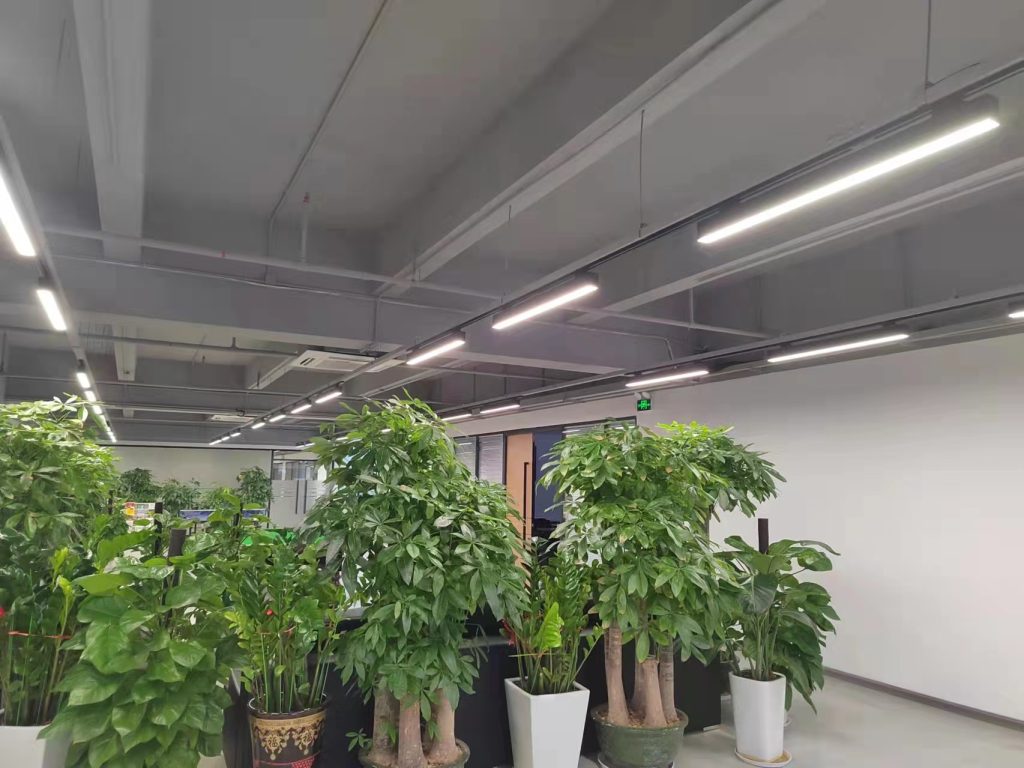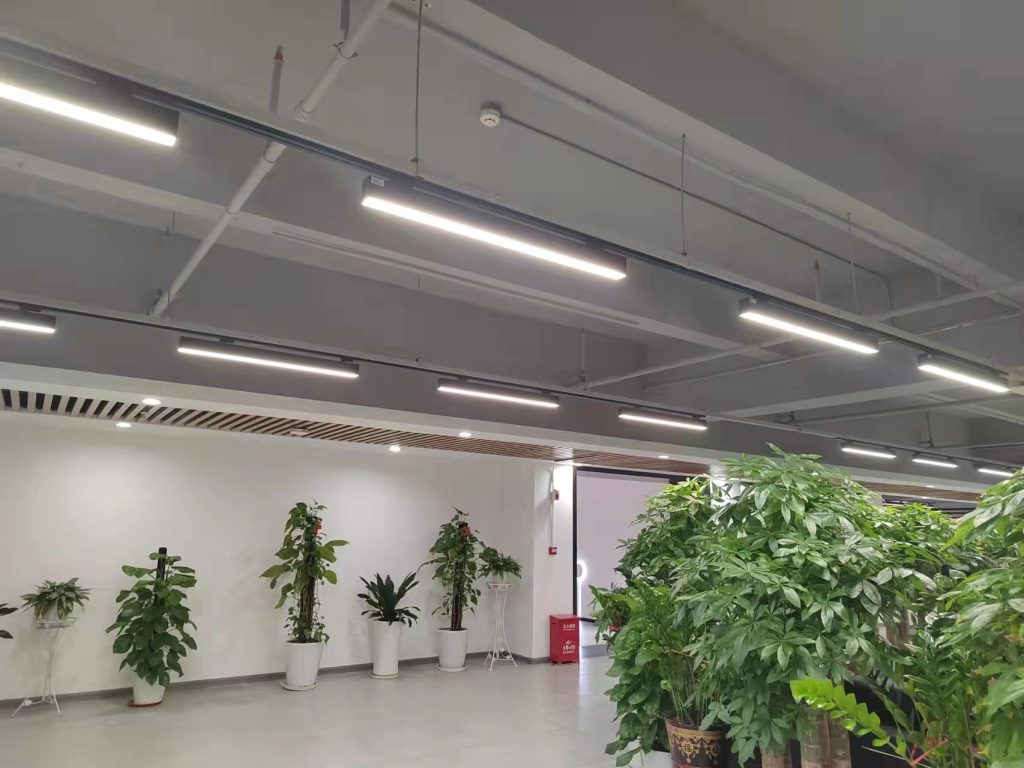Office Track Lighting Design
By Powerstar
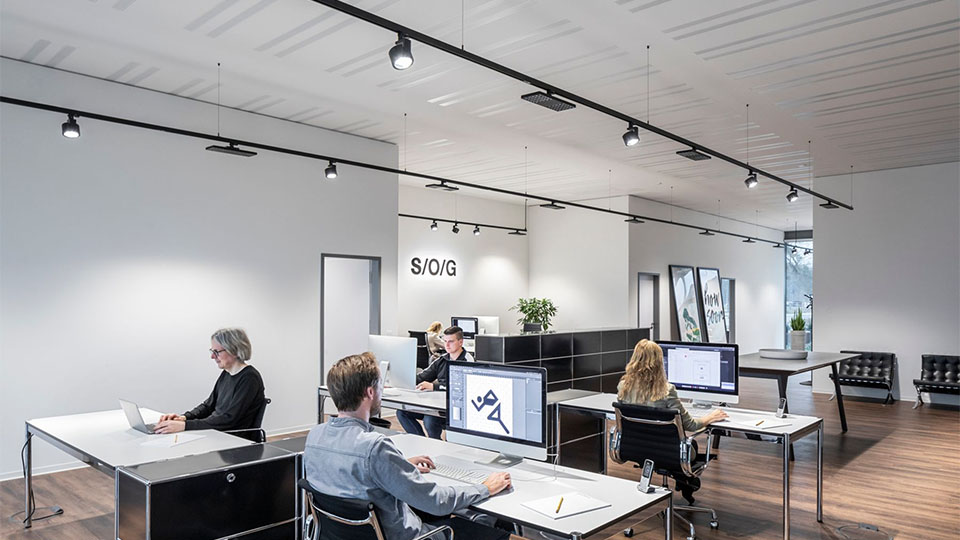
Office track lighting is a crucial element in creating a well-designed and functional workspace. It not only illuminates the area but also adds a touch of sophistication and style. When designing office track lighting, there are several key factors to consider to ensure optimal functionality.
It is important to determine the purpose of the lighting. Are you looking for general ambient light that evenly illuminates the entire office space or task lighting that focuses on specific work areas? Once you have identified your needs, choose track lights that can be adjusted and directed accordingly.
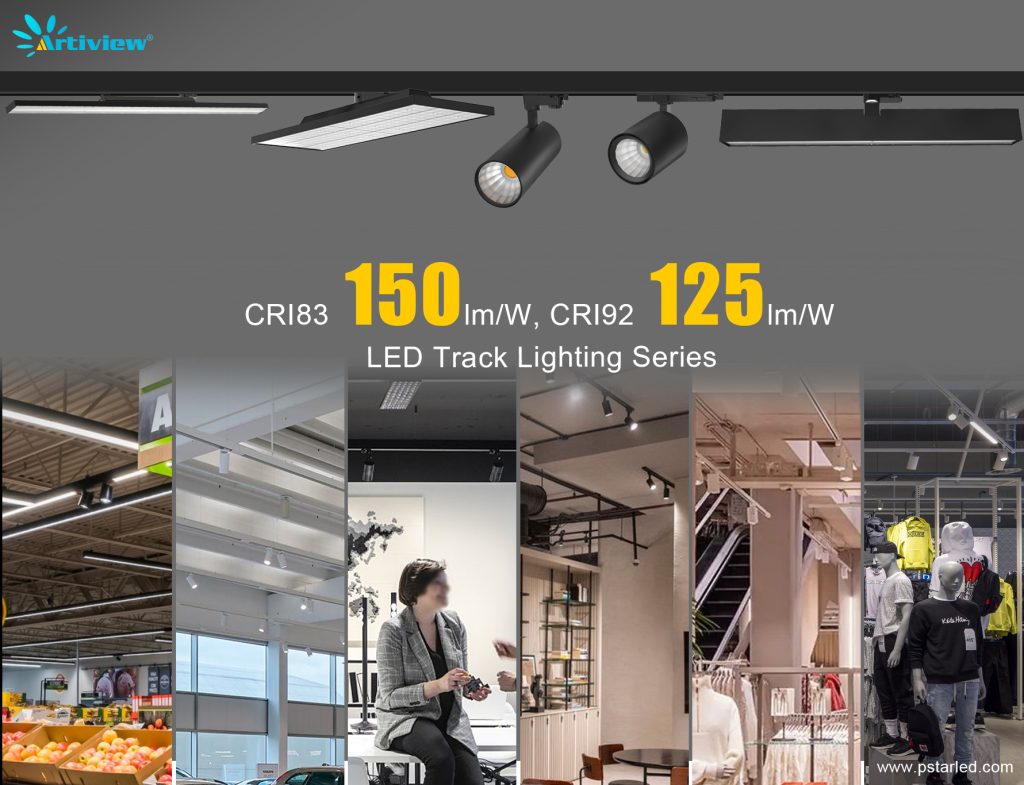
How To Design Office Track Lighting Reasonably
Firstly, consider the layout of your office space. Identify areas that require task lighting, such as workstations or meeting rooms, and those that need ambient or general lighting. By determining the specific lighting needs for each area, you can allocate resources efficiently without overspending on unnecessary fixtures.
Additionally, using tools like a US address generator can streamline administrative tasks by helping you manage addresses efficiently. This can free up time to focus more on optimizing your office space and lighting setup
1. Illumination
Illuminance refers to the luminous flux irradiated on a unit area; In simple terms, how much light is gained per unit area. All indoor space lighting needs to check the horizontal illumination of the work surface, and a healthy lighting environment can reduce errors, improve mental health and productivity. Different office places, lighting requirements are different, under normal circumstances, the recommended illuminance value of open office is about 500lx. Office environments for complex tasks require auxiliary lighting.
2. CCT of Office Track Lighting
Color temperature is the different colors produced by different temperatures on blackbodies; The unit is K. In daily life, we generally see three color temperatures, which are about 3000K (warm light), 4000K (warm white light), and 5500K-6500K (positive white light). The color temperature of the warm light is below 3300K, and the red light has more components, giving people a warm and comfortable feeling. Suitable for residential, hotel and other places or low temperature places. The color temperature of neutral light is between 3300K and 5000K, and the light is soft, usually making people happy and comfortable. Suitable for shops, wards, offices, restaurants and other places. The color temperature of cold light is above 5000K, the light source is close to natural light, and there is a bright feeling, which makes people concentrate and not easy to fall asleep. Suitable for office, conference room, classroom, exhibition window and other places.
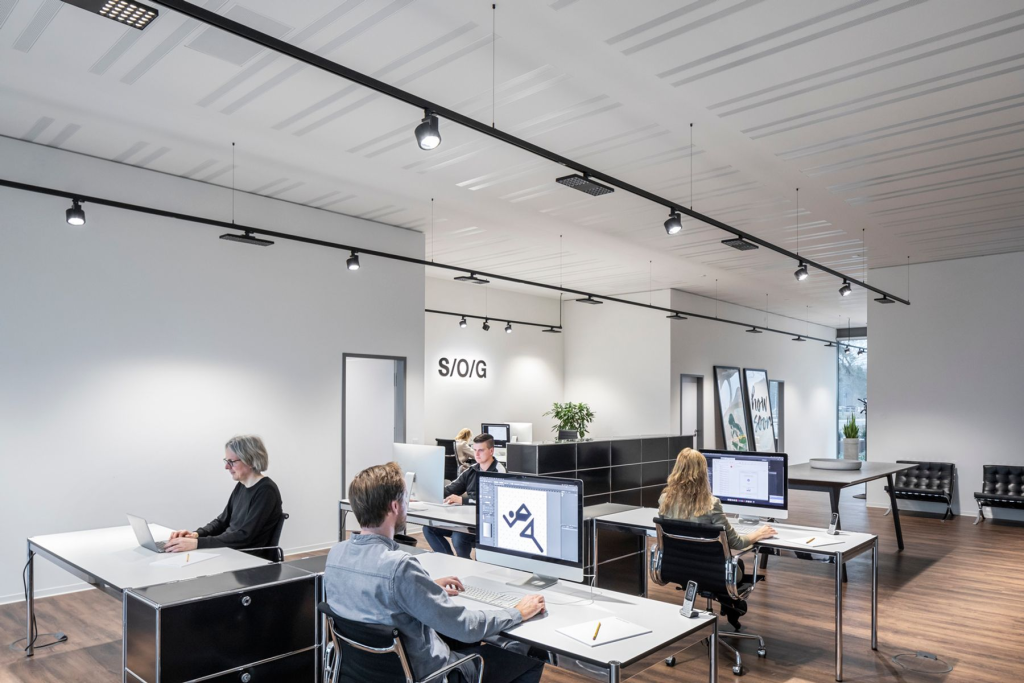
For the efficiency and health of the office, the office environment usually chooses a color temperature of about 5000K-6000K; High color temperature will bring more blue light, which is very harmful to the retina; Long-term use of color temperatures above 6500K May cause macular degeneration of the human retina. At the same time, the comfort of color temperature also has a certain relationship with illuminance, comprehensive indoor environment, need to focus on considering the fit of illumination and color temperature.
3. Color rendering
Color rendering is the degree to which the light source presents the color of the object itself; There is usually a color rendering index CRI (lighting industry use), general color rendering index Ra (general); When comparing color rendering, daylight is used as the standard light source and the color rendering index is set at 100. The higher the color rendering index, the better the color reproduction degree. The importance of color rendering in daily life.
Different scenes have different requirements for the color rendering index of the light source. General office places, the color rendering index is best ≥80; Design, display and other places that need accurate color contrast, the color rendering index is best ≥90. (can refer to the figure 5.2.2 office building lighting standard value) the color rendering index is too low, will affect the eyes on the object color judgment, resulting in color distortion; It is easy to produce visual fatigue and may cause vision problems in the long term.
4. Brightness ratio
The brightness ratio on two surfaces simultaneously or sequentially in the field. When the brightness ratio is greater than 20:1, it can cause uncomfortable glare. It is important to maintain a reasonable ratio between ambient and operating brightness. If the brightness ratio of the office is too low, it’s difficult to draw attention to the work surface and the overall effect is dull and monotonous.
However, if the brightness ratio is excessively high, visual fatigue and adaptation problems can easily occur (such as when looking at your mobile phone in the dark). The brightness of an office object (such a paper) should be high. In addition, the brightness ratios of its adjacent surfaces (such a desktop), and the surrounding environment (such a wall) in the field should be low. The ratio of brightness between the brightest object in the field (such as a light) and the work surface should not exceed 40:1.
5. Glare of Office Track Lighting
It refers to the visual conditions that cause visual discomfort and reduce the visibility of objects due to inappropriate brightness distribution or extreme brightness contrast in space or time in the field of view. To put it bluntly, glare is light that makes people feel harsh and uncomfortable. Glare is one of the most important factors affecting the quality of lighting, and it is everywhere.
If glare is not controlled, prolonged exposure to glare in the office can lead to vision loss. There are two forms of glare, direct and indirect. For direct glare, the greater the Angle between the glare light source and the horizontal line of sight, the greater the visual comfort and the smaller the degree of glare. For direct glare, the generation of glare can be reduced by adjusting the installation position of the lamp, designing a large Angle shading Angle, and the surface treatment of the lamp.
The Important Of Office Track Lighting
The color temperature of the general office lighting source is selected between 5000K-6000K, and the color rendering index is selected Ra≥80. This keeps employees focused and less prone to visual fatigue. The lighting level is different in different environments and different places, and the lighting requirements are different. The illumination of the office should meet the requirements of use, generally 500-1000lx. Lighting uniformity Reasonable arrangement of lamps, so that the illumination is uniform, so that the difference between the maximum and minimum illuminance of the office and the average illuminance is less than 1/3 of the average illuminance.
The main measures to prevent glare are to limit the brightness of the light source and rationally arrange the light source. If the lamp is arranged in the line of sight 45 degrees above the range; The general lighting design is on both sides of the work area, and the lamps should not be arranged in front of the working position; The work desk and upholstery are made of dull materials to avoid visual distractions. Whether the safety lamps meet the national standards, whether through 3C certification.
High efficiency light source, high efficiency, long life, reasonable light distribution lamps, high performance, long life accessories, etc. The light environment can improve the efficiency of work and guarantee the physical and mental health of employees, which is considered as a long flow type. It can not only create a pleasant atmosphere, properly relieve the visual fatigue of employees, adjust the mental state, but also cost too much; Very feasible.




